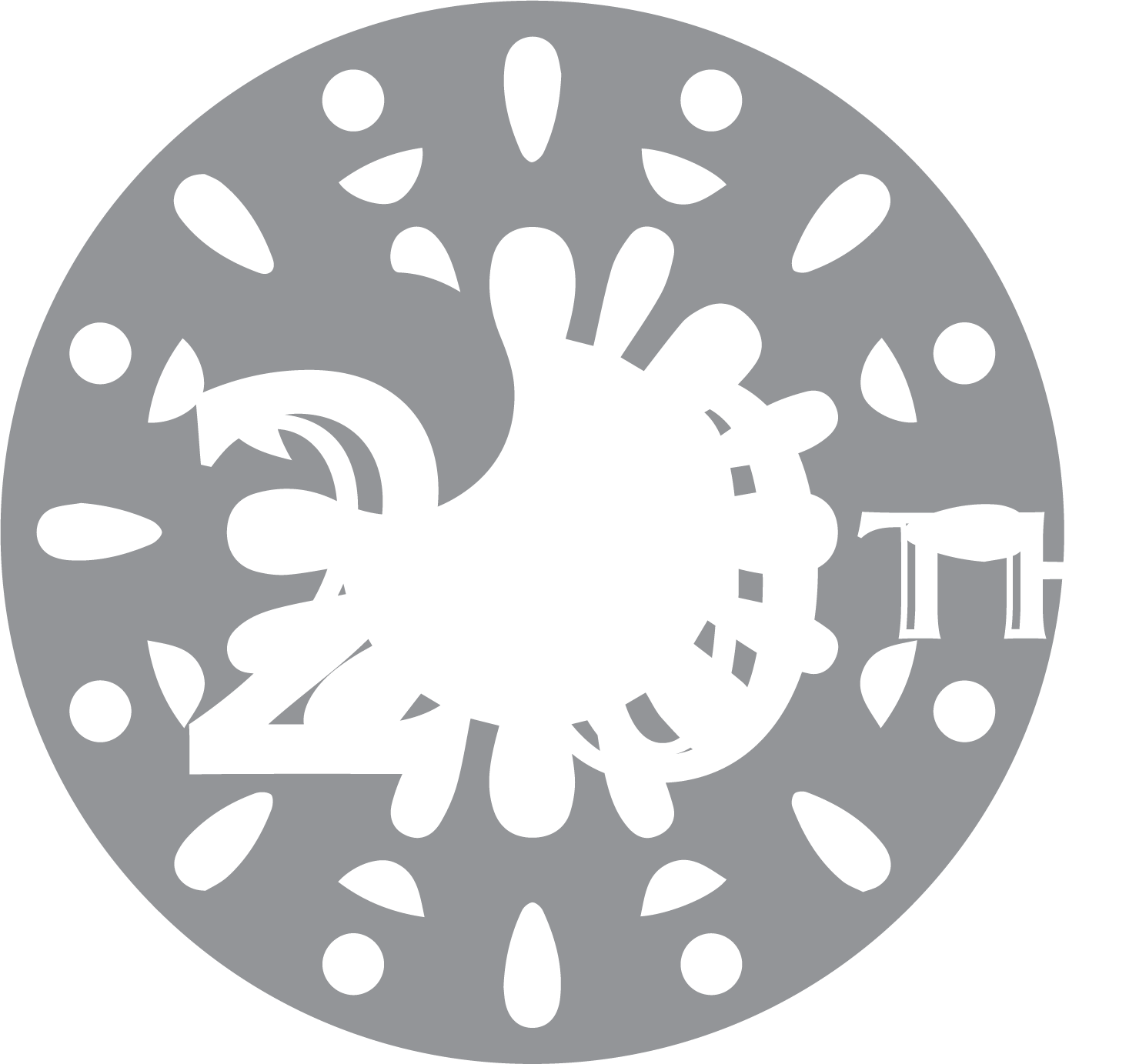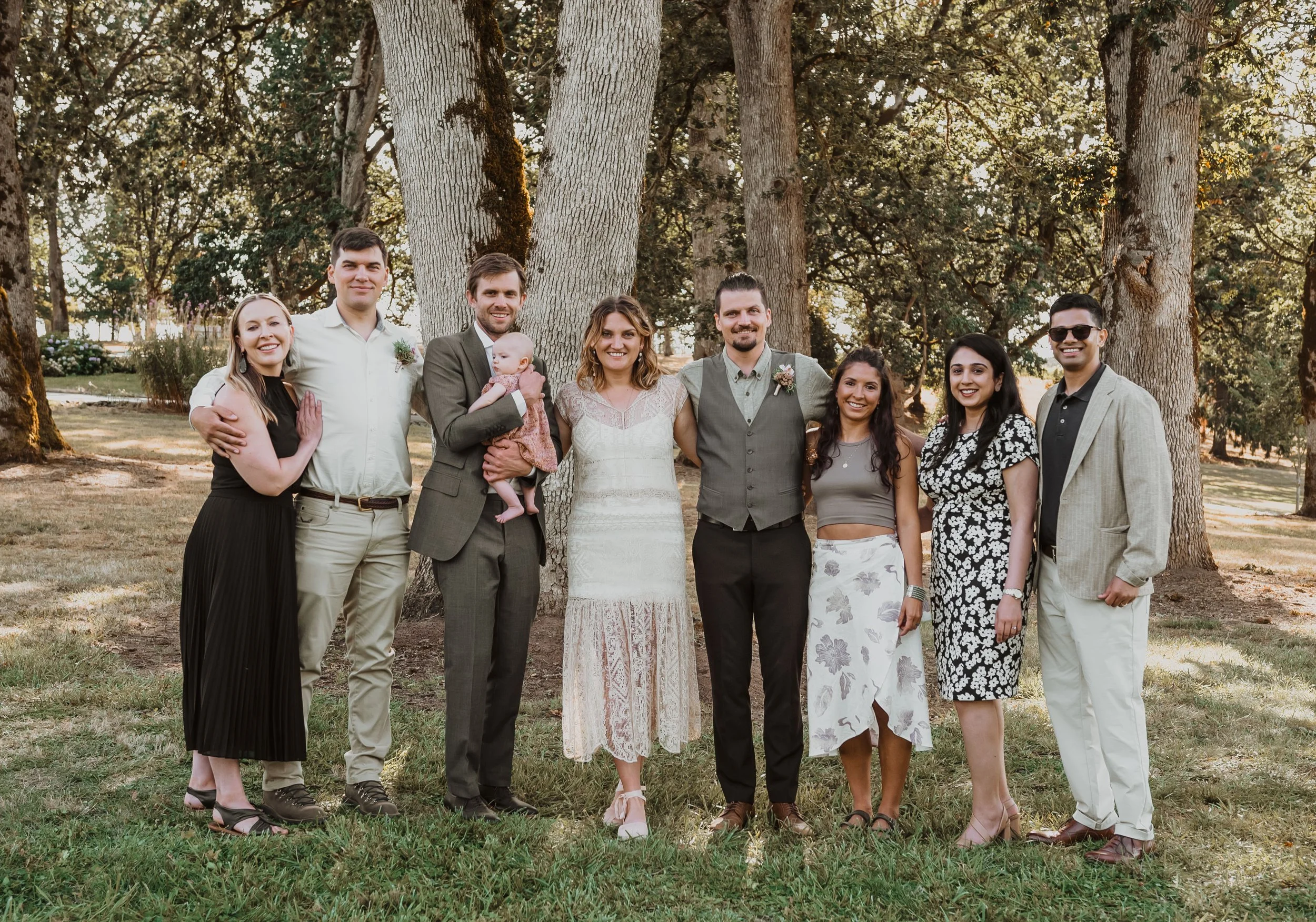Welcome to Left Coast
Family-owned and operated, Left Coast Estate is guided by two essential principles: a passion for winemaking and a deep connection to the land where we live and farm.
History
Describing our special place in the world is so much more than the sum of its parts. Left Coast Estate comprises 500 acres of beautiful countryside; including 160 acres of rolling hillside vineyards, planted with seven grape varieties which produce award-winning wines. The property is a haven for towering oaks, lovingly restored and protected. The significance of the oak savanna is far greater than the magnificent trees themselves. We believe that our oak forests are central to the biodiversity of the estate and form a significant part of our terroir, thus making better wines that are more representative of this special place.
Cooling coastal breezes flow through the Van Duzer Corridor to the roots of our vines. It is the myriad flora and fauna that thrive here, creating the unique terroir that characterizes our wines. The beauty of Left Coast is the confluence of diverse natural beauty, the love our family has for the land, and the appreciation of our visitors for this unique space.
Our story began long before our family founded Left Coast. These are the ancestral lands of the Grand Ronde, Siletz, Yamhill, and Kalapuya peoples, who have hunted, fished, gathered, and lived here for centuries. The work of native peoples continues to shape our open oak savanna today, whose structure was and continues to be preserved by man made fires. Each spring, the camas bloom—considered sacred by many tribes—reminders of the layered history of the savanna and the many hands that sustain it.
The land itself came into existence at least 15,000 years ago, carved out by the Missoula Floods. This cataclysmic water surge carved out much of the western United States landscape, from the Rockies to the Willamette Valley. In addition to geography, the Missoulas also deposited incredible sedimentary soil in the region, allowing us to grow grapes and make wines with distinctive expression.
Early pioneers, following the trailblazing efforts of Lewis and Clark, settled in the area and homesteaders were offered land by the government in exchange for moving to Oregon. James Fulkerson was lured by this deal, claiming his land in 1852, where he, and later his son’s family, lived and farmed on what is now the South Farm of Left Coast Estate. Fruit trees found on our property date back to the time of these early settlers, a bountiful souvenir of those that came before us.
Our family founded Left Coast Estate in 2003, The name Left Coast is in part recognition of geography, but also a playful nod to the fact that three out of five family members are left-handed.
We produced our first wine in 2004, adorning our label with a Lewis and Clark map as an homage to our pioneer predecessors. Our ownership model is unique and distinctly future-minded: Left Coast was founded by two parents who placed ownership of the business in the hands of their children from the start. As we enter our third decade, we as the children of Left Coast share its ownership with our children, and—it is our hope—they with theirs. Being legacy-minded requires us to think generationally about the land, how it is tended, and who it supports.
Our viticulture program acts as the backbone of our winemaking operation. With most of our wine sourced from the estate, our grapes are responsibly grown, and hand tended. We use gravity-fed drip irrigation, utilize solar energy for our vineyard operations, and plant cover crops to attract pollinators. The wines are thoughtfully crafted as a distinct expression of their place, characterized by structure, high-tone acidity and balanced concentration. Since the inaugural vintage in 2004, Left Coast Estate wines rank among the top 10% in the world with consistent 90+ point scores. Our team’s efforts regularly receive accolades for wine quality, sustainability, and habitat conservation across diverse publications, such as Forbes, Wine Enthusiast, and USA Today.
Commitment to the land is ongoing, with sustainability at the core of our mission. In addition to restoring more than 100 acres of the native oak savanna, we ensure that our winemaking processes are thoughtful and intentional, minimizing environmental impact.
In 2008, we received a USDA grant to convert to solar energy, which powers all of our vineyard operations today. Our winery and vineyards are Salmon Safe and LIVE Certified, and we were one of the original six producers to be third-party verified in the Carbon Neutral Challenge, now part of LIVE’s carbon reduction program.
INitiatives
OAK SAVANNA RESTORATION PROJECT
Left Coast has over 100 acres of ecological compensation areas and 70 acres of old growth oak forest. Through time the forest has become populated with invasive species and our goal is to restore the forest to a native oak savanna. We have partnered with the US Fish and Wildlife Service. They will provide the technical expertise for the restoration as well as help us to match any funds were are able to raise ourselves with Federal and State grants. The forest will be a permanent wildlife refugee in the center of our estate and create habitat for native plants, wildlife, birds, and insects as well as improving the watershed.
solar power
In our winery, the 62kW roof-mounted solar installation generates the vast majority of our electricity. Our 17-acre spring-fed lake collects rain water for our gravity-fed irrigation.
The 21kW ground-mounted solar array by our Latitude 45 vineyard provides 100 percent of the power for our guest cottage, front gate, and all the estate irrigation needs of our vineyards and extensive landscaping.
COMMUNITY
Left Coast is actively involved with ¡SALUD!, a unique non-profit collaboration between wineries and healthcare professionals that provides access to healthcare services for Oregon’s seasonal vineyard workers and their families.
We also target our charitable donations to our local community, with our full-time employees each selecting a charity or program they wish to support.
Gardens
The gardens help contribute to a sustainable ecosystem and enhance the beauty of the estate. The gardens have continuously evolved with the estate, growing and adapting to their surroundings. The symbiotic relationship between the gardens and the estate are a defining aspect of a visit to Left Coast Estate. Cali, the family's daughter, is a landscape architect and designed a trail system through our 40 acre woodlot that serves as our primary ecological compensation area. She and her father will continue to develop the interface between the landscape and the vegetation.
reduce, reuse, recycle
We recycle paper, glass, plastic, and cardboard from our offices and tasting room.
Left Coast Estate is involved with Oregon's Adopt-A-Highway Program and we have adopted our local stretch of the 99-W.
We feel that all of these efforts (and many smaller ones) make Left Coast part of the most forward-thinking wineries in the state of Oregon.
Estate Honey
Left Coast is home to 8 different hives of honey bees. Each hive is contained in several supers.
A honey super consists of a box in which 8-10 frames are hung. Honey bees collect nectar and store the processed nectar in honeycomb, which they build on the frames. When the honeycomb is full, the bees will cap the comb with beeswax.
Every fall we will take the full honey supers and extract the honey. In 2012 we yielded nearly 100 pounds of honey. The honey is then bottled in mason jars, sometimes with honeycomb.
From there it is sent to the winery to be used in our Queen Bee Bubbly. The honey processing gear is left outside as the bees will salvage all unused honey and wax. Taking it back to the hive one mouthful at at a time.









